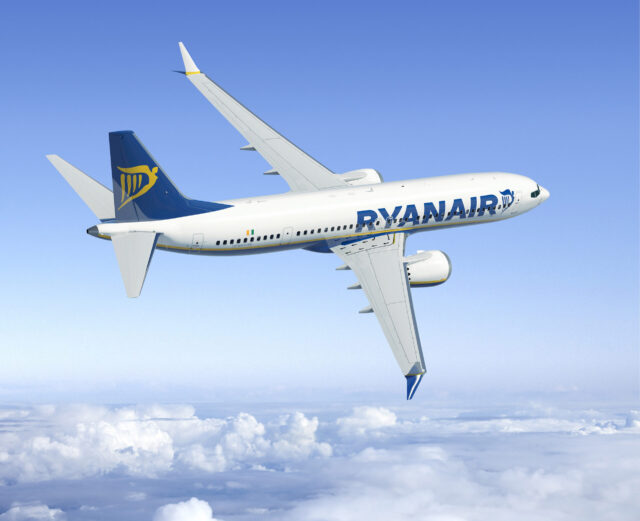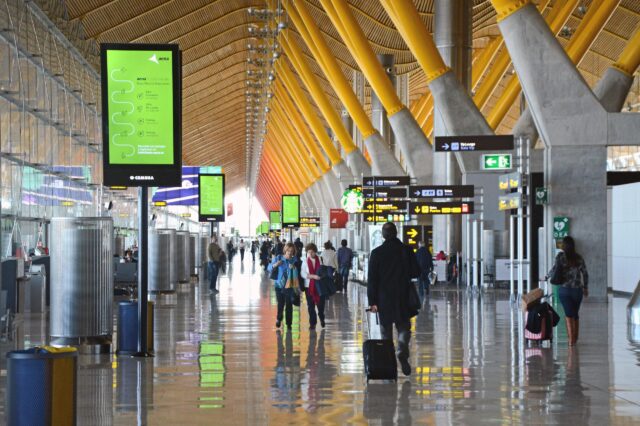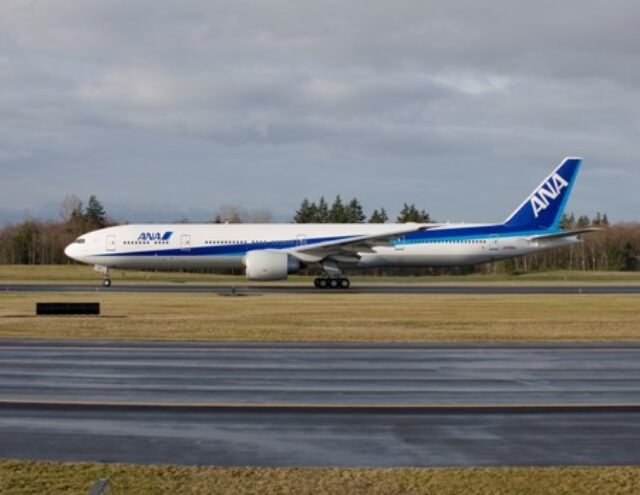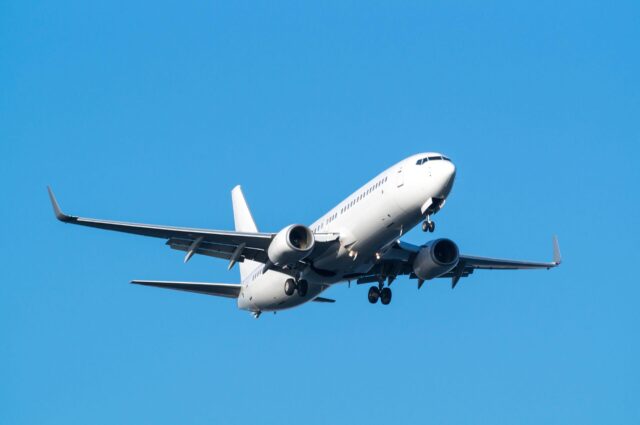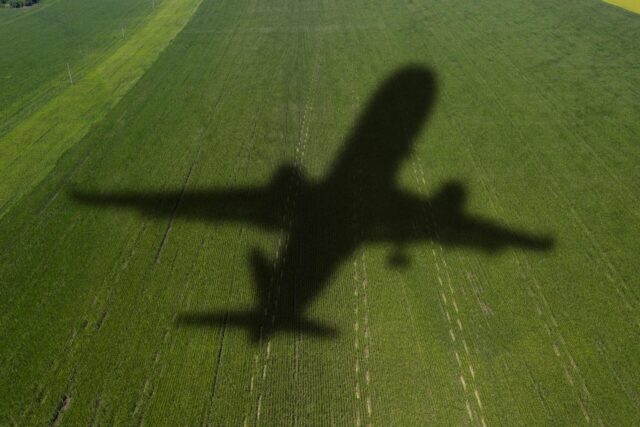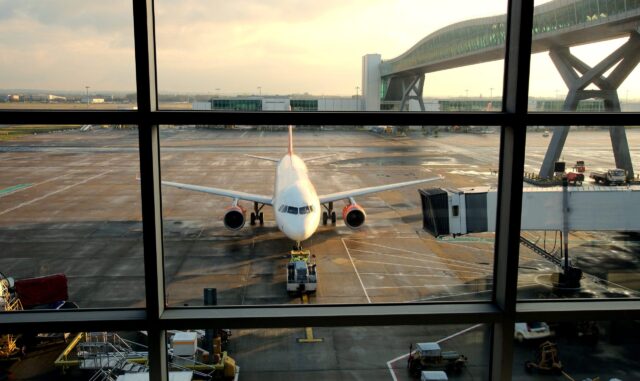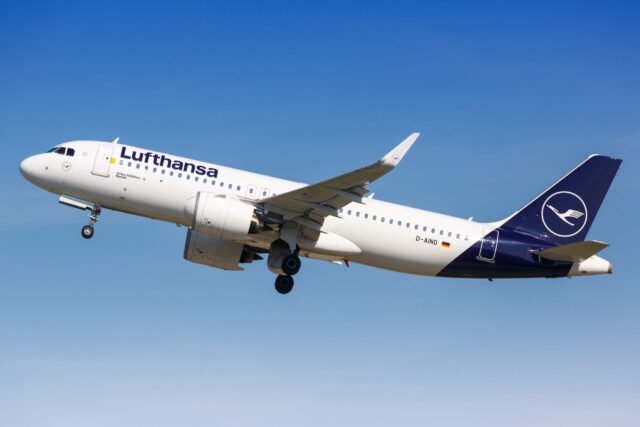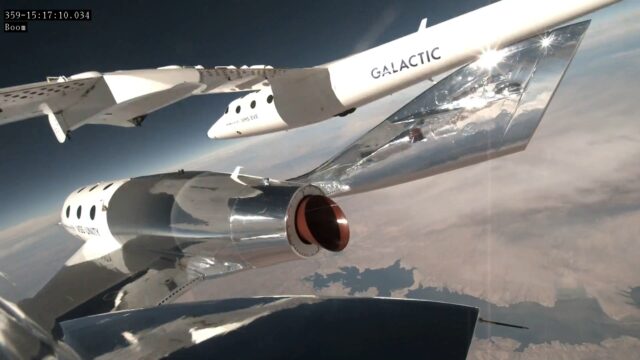ARAIB: Air Busan fire started before delayed pushback
March 6, 2025

The blaze onboard January’s Air Busan BX391 broke out while the aircraft was waiting for a delayed pushback, a preliminary report by South Korea’s Aviation and Railway Accident Investigation Board (ARAIB) has revealed, although no conclusion has yet been given as to the precise cause of the fire.
On 28 January 2025, Air Busan’s A321-200 was on standby on the ramp at Gimhae International Airport, with its entry door closed following the boarding of six crew members and 170 passengers. However, with its initial departure time delayed from 21:55 to 22:33, the captain informed a ground agent to prepare the pushback at 22:30.
At 22:14, a ‘LAV Smoke’ warning appeared in the cockpit, with a cabin crew member reporting a fire in the rear of the cabin to the captain “shortly after”. The initial accident report stated that the fire originated in “a rear overhead cabin,” with many (including an Air Busan official quoted in local media reports) speculating that a faulty personal power bank may have kicked off the conflagration.

A minute later, the captain ordered the passengers and crew to evacuate the aircraft using seven of the eight emergency slides, with the captain being the last to leave after performing an emergency evacuation checklist with the first officer and ensuring all passengers had vacated the burning aircraft. Three individuals suffered serious injuries, with a further 24 sustaining minor injuries.
Although fire suppression operations began at 22:20 and were completed eleven minutes later, the leased A321-200 was completely destroyed in the fire, which “consumed the upper fuselage”. Although the ARAIB confirmed that “the fire affected the engines and wings… their form was intact”.
Flight data recorders recovered from the scene will form part of an ongoing “comprehensive accident analysis,” which ARAIB says will range from “fire identification, FDR/CVR data, air traffic control data, aircraft components, to the passenger interview and witness testimonials of the ground crew”. Foreign investigative authorities from the USA, France and Germany will also assist “when necessary,” concluded ARAIB.



